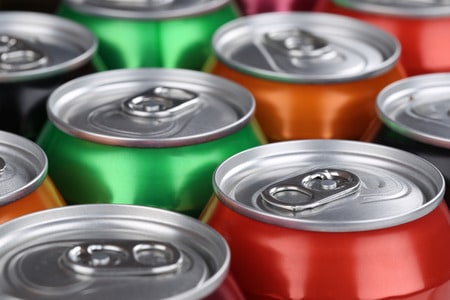Canned beer had a bad reputation for a long time. It was drunk mainly by punks and bums, and only the German rock band Illegal 2001 could claim that “Canned beer makes you smart”. In 2003 a deposit was put on cans in Germany, and the fate of this lightweight aluminum container was sealed: Sales of drink cans plummeted from eight billion a year to well under one billion. But now the can is back. Why?
Since 2010, beverages in cans have become increasingly popular again. In 2017 two-and-a-half billion of them were sold, almost one billion of which were beer cans. This is partly thanks to the craft beer trend, and has several reasons:
Transport: Cans weigh considerably less than bottles, can be stacked, are unbreakable and therefore much easier to transport, both for manufacturers and drinkers of beer. As craft beer is often shipped over long distances, cans offer a great advantage here.
Protection: Cans better protect the beer against light and oxygen, keeping it fresher – a particularly important aspect for craft beers with their sophisticated aromas. And they are easier to cool.
Environment: The CO2 footprint of a can may be larger than that of a returnable bottle, but recycling rates are considerably higher at above 95 percent. On long transport routes, the impact of cans on the environment is almost equal to that of glass bottles as they weigh much less.
Innovations: Can manufacturers are constantly improving their products: For example, it is now possible to reseal cans. Research is also being carried out on openings that are more convenient to drink out of, as well as coatings that eliminate the taste of metal.
Change of image: Beer cans have shaken off their bad image. A smart design plays an important role in marketing, especially for craft beer, which relies on having an individual image. Cans have a larger surface that can be used more flexibly than labels on bottles.
Above all small craft breweries around the world value cans. The trend has spread from the USA to Europe, Asia and South America.

